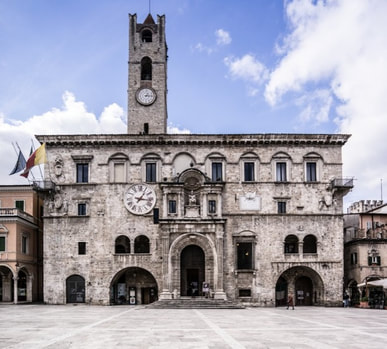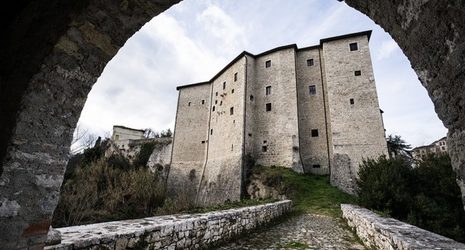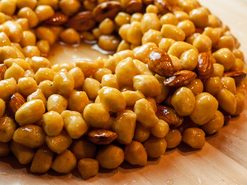The history of Ascoli Piceno.
|
Ascoli was founded by the Piceni, an Italic population, before Roman times. In 268 BC it became a "federated" city, indipendent from Rome, but it was later conquered by Roman troops in 89 BC. During the Middle Ages, Ascoli was ravaged by the Ostrogoths and then by the Lombards. In 1189 was established a free republican municipality but due to internal fights, the municipality opened the way to foreign dictatorships (firstly the Malatesta and then the Sforza dinasty.) Ascoli was compelled to submit to Papal control. In 1860 it was annexed, together with Marche and Umbria, to the newly unified Kingdom of Italy. |
What to see in Ascoli Piceno.
|




